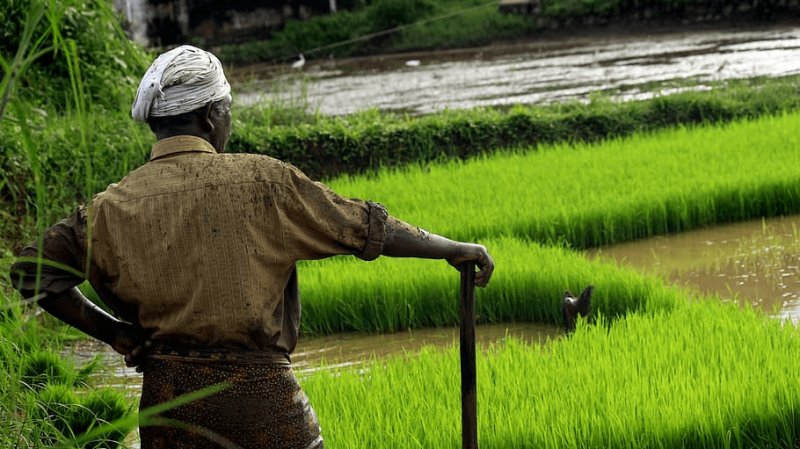Closing gap between potential and acheivable productivity: India needs to be open to genetic tinkering and other enhancement technologies
Closing gap between potential and acheivable productivity: India needs to be open to genetic tinkering and other enhancement technologies


Though India has achieved food security with the production of food grains reaching 330 MT, the demand for coarse cereals, pulses, oilseeds and vegetables is not fully met. In addition, they are not affordable for a large part of the population, leading to a high proportion of the under/malnourished population, with a sizable percentage of child wasting (19.3 per cent).
Alongside fulfilling its goal of increasing profitability in agriculture and its share of export in the world market, India needs to close the gap between potential and achievable productivity in most grain crops and vegetables, reduce the cost of production, promote cultivation and consumption of nutritionally-rich crops like millets, and focus on the quality of the agricultural produce.
While crop variety development will become faster and more precise in the coming years by using molecular technologies, speed breeding and gene-editing tools, applied seed technologies would ensure good performance even under less favourable, unpredictable, and harsh environments. Hence, seed technology today must combine genetic advancement with applied technologies to provide quality-enhanced seeds of improved varieties having higher productivity, high input use efficiency and the ability to withstand a range of biotic and abiotic stressors.
This is an excerpt. Read the original post here

 | Videos | More... |

Video: Nuclear energy will destroy us? Global warming is an existential threat? Chemicals are massacring bees? Donate to the Green Industrial Complex!
 | Bees & Pollinators | More... |

GLP podcast: Science journalism is a mess. Here’s how to fix it

Mosquito massacre: Can we safely tackle malaria with a CRISPR gene drive?

Are we facing an ‘Insect Apocalypse’ caused by ‘intensive, industrial’ farming and agricultural chemicals? The media say yes; Science says ‘no’
 | Infographics | More... |

Infographic: Global regulatory and health research agencies on whether glyphosate causes cancer
 | GMO FAQs | More... |

Why is there controversy over GMO foods but not GMO drugs?

How are GMOs labeled around the world?

How does genetic engineering differ from conventional breeding?
 | GLP Profiles | More... |

Alex Jones: Right-wing conspiracy theorist stokes fear of GMOs, pesticides to sell ‘health supplements’




 Viewpoint — Fact checking MAHA mythmakers: How wellness influencers and RFK, Jr. undermine American science and health
Viewpoint — Fact checking MAHA mythmakers: How wellness influencers and RFK, Jr. undermine American science and health Viewpoint: Video — Big Solar is gobbling up productive agricultural land and hurting farmers yet providing little energy or sustainabilty gains
Viewpoint: Video — Big Solar is gobbling up productive agricultural land and hurting farmers yet providing little energy or sustainabilty gains Fighting deforestation with CO2: Biotechnology breakthrough creates sustainable palm oil alternative for cosmetics
Fighting deforestation with CO2: Biotechnology breakthrough creates sustainable palm oil alternative for cosmetics Trust issues: What happens when therapists use ChatGPT?
Trust issues: What happens when therapists use ChatGPT? California, Washington, Oregon forge immunization alliance to safeguard vaccine access against federal undermining
California, Washington, Oregon forge immunization alliance to safeguard vaccine access against federal undermining 30-year-old tomato line shows genetic resistance to devastating virus
30-year-old tomato line shows genetic resistance to devastating virus The free-range chicken dilemma: Better for birds, but with substantial costs
The free-range chicken dilemma: Better for birds, but with substantial costs ‘You have to treat the brain first’: Rethinking chronic pain with Sanjay Gupta
‘You have to treat the brain first’: Rethinking chronic pain with Sanjay Gupta
